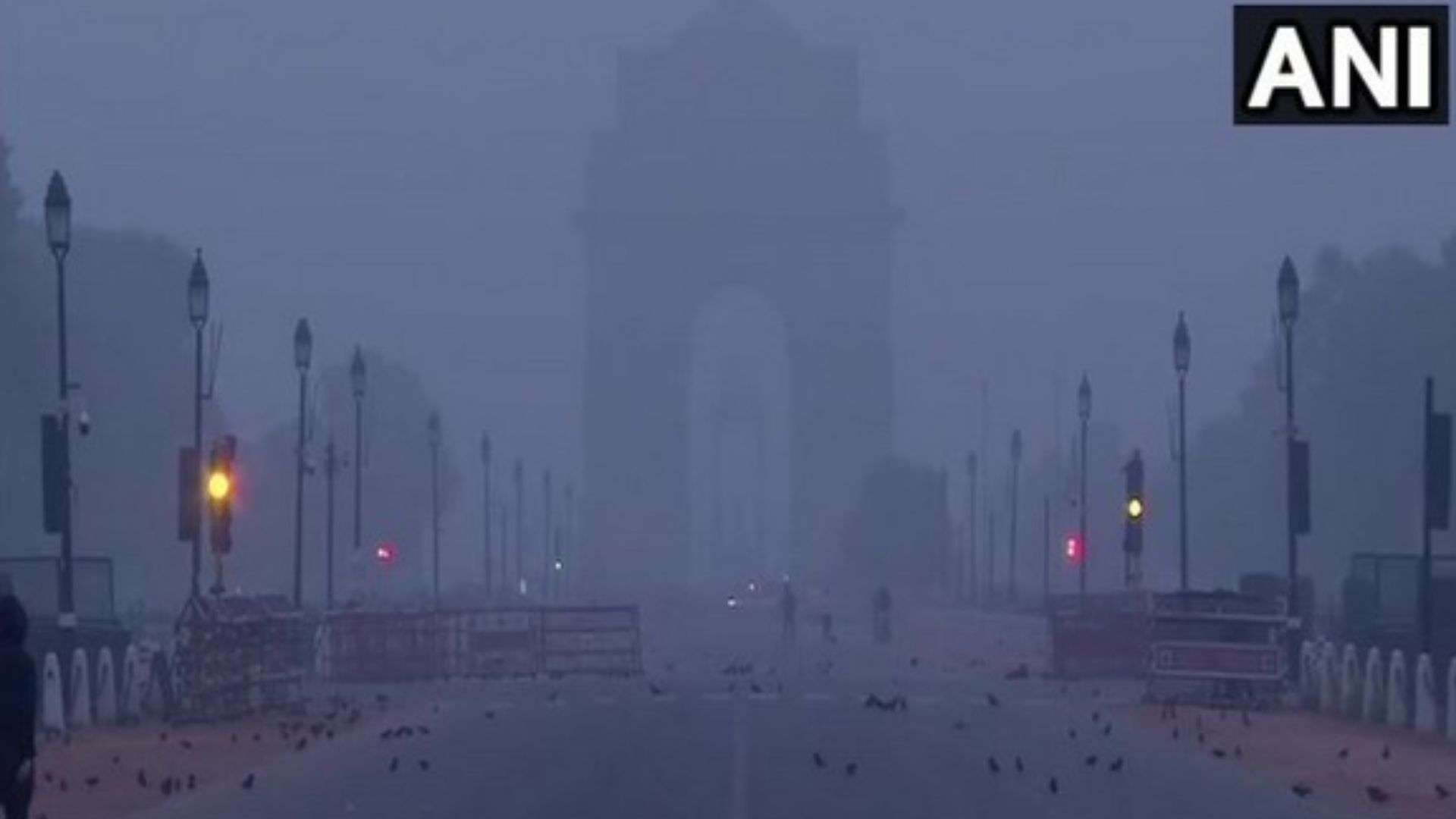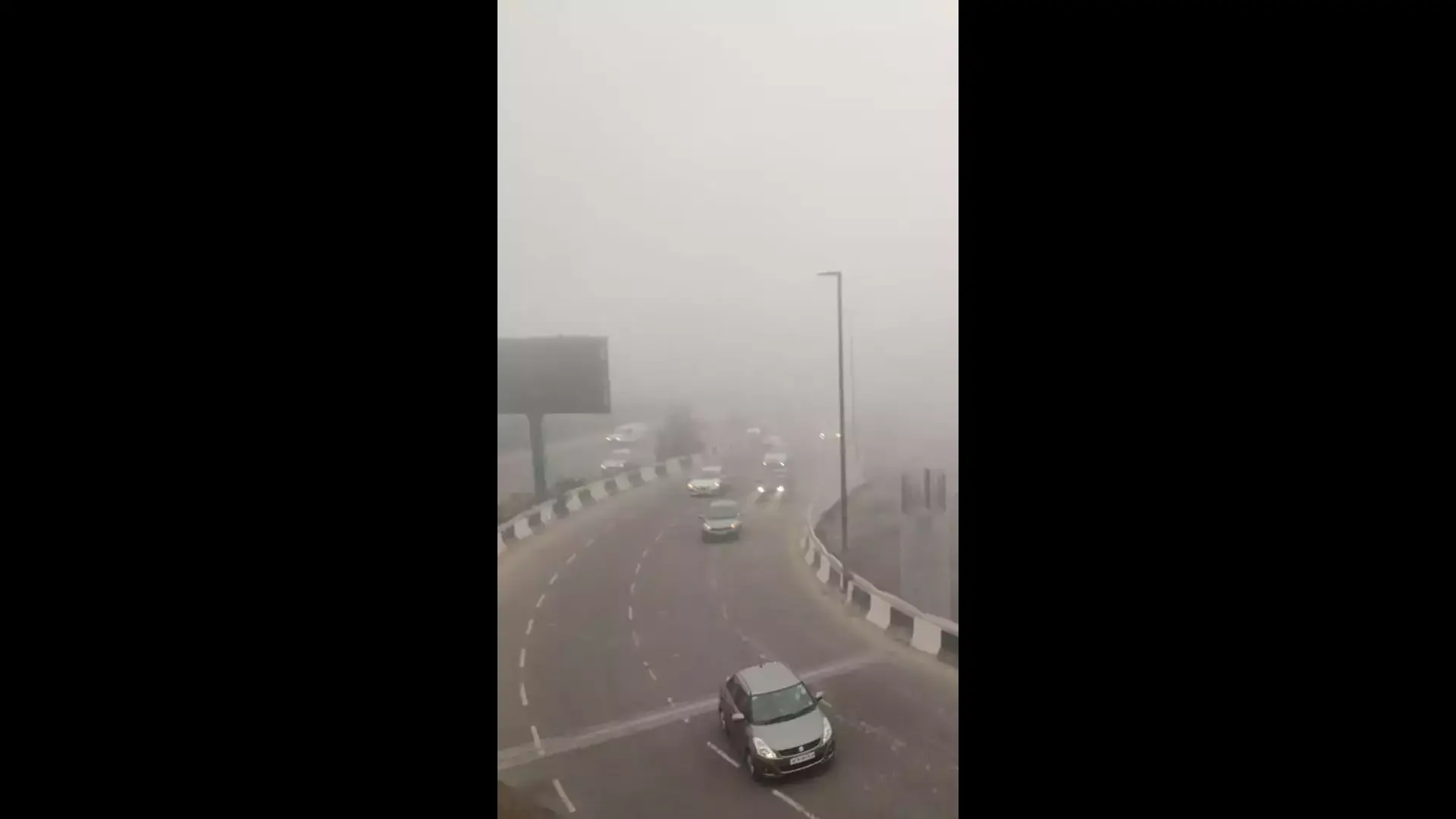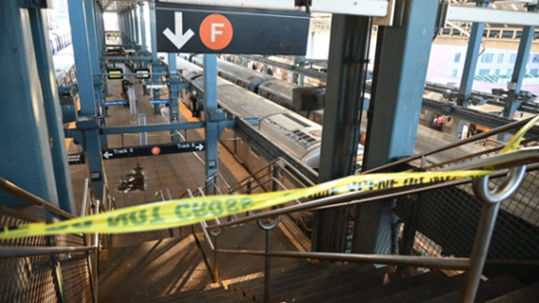Monday morning unveiled a thick layer of smoke shrouding the national capital, slashing visibility in multiple areas of Delhi. Monitoring agencies recorded Delhi’s Air Quality Index (AQI) at 400, classified under the ‘ severe’ category at 9 a.m., attributing the decline to trapped pollutants due to prevailing cloudy conditions.
As reported by news agency PTI, the Safdarjung Observatory observed visibility plunging to around 600 meters at 8 a.m., while the Indira Gandhi International Airport reported visibility at 800 meters.
An Early Warning System bulletin anticipated a slight improvement in Delhi’s air quality, shifting it to the ‘ very poor’ category from November 27 to 29. However, the forecast for the subsequent six days predicts sustained ‘ very poor’ air quality.
An official from the India Meteorological Department (IMD) suggested that high wind speeds and light rainfall during the day might offer relief to the city. The IMD scientist, Kuldeep Srivastava, mentioned the possibility of rain on Monday, courtesy of a western disturbance that previously brought showers to parts of Gujarat and Rajasthan on Sunday. Srivastava highlighted that increased wind speed, expected to reach around 15 km/hr, aids in the dispersion of pollutants, potentially curbing pollution levels.
However, Srivastava warned that easterly winds would continue on Monday, followed by a return of cold northwesterly winds on Tuesday, potentially contributing to another drop in minimum temperatures.
Recent 24-hour AQI averages in Delhi have ranged from ‘poor’ to ‘severe,’ highlighting the city’s ongoing air quality crisis. The CPCB considers an AQI of 400 or higher to be ‘severe.’
IMD forecasts suggest a drop in the maximum temperature to 22°C following Monday’s anticipated rain, while the minimum temperature is expected to hover around 12°C. Subsequently, on Tuesday, the minimum temperature is projected to be around 10°C, with the maximum touching approximately 24°C.







